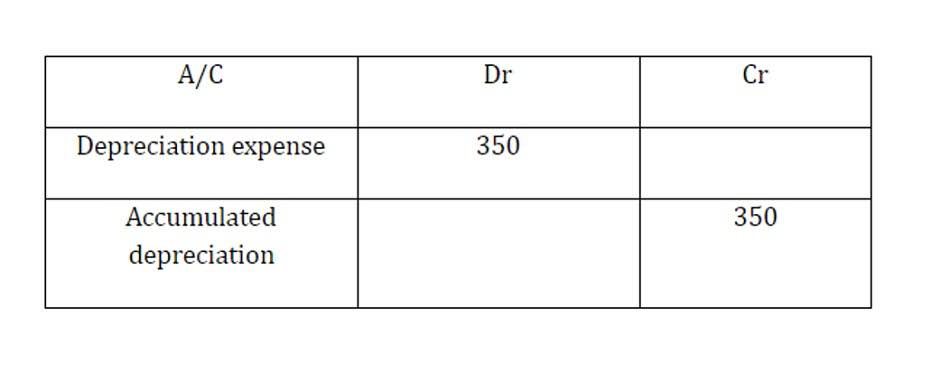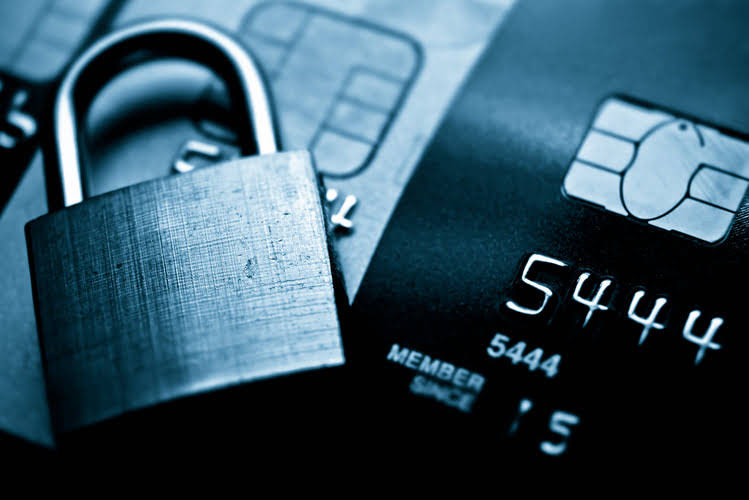
Set company policy on documentation procedures so entries can be made properly and accurately. For example, record reimbursements to employees when made after they’ve submitted expense reports so you know the numbers are correct. Make sure employees who are entering expenses into your accounting system understand your adjusting entries accounts and descriptions. Some software may offer employee training, so take advantage of this option. Being careful with your financial information is the first line of defense in ensuring that items are properly classified and entered correctly on your books. Here are some steps you can take to facilitate sound accounting entries.
Accounting Errors: Definition, Types, and How to Prevent Them?
While errors are corrected through rectification entries, fraud involves deception and can have serious legal consequences. The accounting errors are not to be mistaken with fraud, as fraud is an Bookkeeping vs. Accounting intentional act to hide or alter the data in order to do wrong or gain illegal benefit from the firm. There are numerous types of errors, while the most common accounting errors are the clerical ones or the errors of accounting principle. The software reduces human error by offering automated features like tracking income and expenses with vouchers, journal entry integration, and real-time reporting.
Accounts Payable Reporting 101: Key Reports, KPIs, and More
Make sure staff are kept updated and are well-versed on proper account classification. Building out, and maintaining, a detailed chart of accounts is well worth doing. We recommend keeping the accounting files of the last three years, to protect the business. For example, if you enter an invoice once the deadline for disbursement has passed, you have to pay an additional charge and interest.
- If there is inconsistency, debit and credit are not equal to each other, then one concludes with an error.
- This can include the misclassification of an expense, not depreciating an asset, miscounting inventory, a mistake in the application of accounting principles, or oversight.
- For example, if a business forgets to record a purchase invoice, both the expense and the liability will be missing from the accounts.
- Many businesses, investors, and analysts rely on financial reporting for their decisions and opinions.
- This online accounting software allows you to easily calculate taxes (like VAT and sales tax), issue tax reports, and ensure compliance with local tax laws.
Reconciliations
The bookkeeper enters $50 in cash and $50 in accounts receivable instead. An error of omission happens when you forget to enter a transaction in the books. You may forget to enter an invoice you’ve paid or the sale of a service.


This implies an income-related transaction (Credit) has been posted into an Expense related GL Account (Debit)which is an anomaly. When you open an anomaly task, you can find all the relevant transactions and data to help you investigate. It also gives you a space to attach evidence that would later help with internal and external audits.
- From data entry errors and misclassification to duplicate entries and incorrect reporting, there are many accounting errors that professionals can run into.
- For instance, an omission error, like failing to record a $5,000 sale, directly impacts revenue and misleads stakeholders about the company’s performance.
- An example of a principle error is buying a piece of equipment and miscategorizing the expense as a sale instead of a purchase.
- Errors can be detected before the reporting period at the end of the quarter or fiscal year with the aid of monthly bank reconciliation.
- These happen when an account is debited instead of credited and vice versa.
- If errors are found before closing the books, journal entries must be made to correct the mistake.
- Consider matching bank statements with records to find duplicate entries.
These features help streamline your collection process, improve accuracy of your reporting — and most importantly, improve cash flow. You’ll also get notified of discrepancies in real time, leaving a more reliable audit trail that can help mitigate future issues. To avoid these types of errors, companies should use a well-structured chart of accounts. This provides a clear framework for categorizing different types of expenses, and should be tailored to your specific business. Spend management software solutions like Brex can also simplify expense tracking by automating more of the process and by providing real-time tracking and reporting. Brex even flags anomalous spending or activity so you can avoid making mistakes.

The totals from the trial balance are later carried over onto the financial statements at the end of the reporting period. Sometimes, accounting errors occur even when the trial balance is correct, making them harder to identify and fix. Unintentional mistakes in financial records are considered accounting errors. Examples include recording incorrect amounts, omitting entries, or misclassifying transactions. Common errors in accounting can happen in any aspect of bookkeeping and accounting. Some errors may seem correction of errors minor, but they can still result in major financial problems over time.

A rounding error occurs when a number is approximated to a nearby value with fewer or larger decimals than the original, typically due to limitations in precision. This can lead to slight inaccuracies in calculations, especially when the error accumulates over multiple operations. Otherwise, you might be hearing about the errors from your employees, themselves.
When such errors occur, they may either affect the trial balance by leaving it unbalanced or distort the balances in the ledger with misleading statements in the financial statement. Accounting correction of errors ensures that disparities in the trial balance are corrected to produce correct financial information. Closing errors occur when entries are mistakenly added or altered after the books have been finalized. These errors can cause discrepancies in future reports, complicating audits, tax filings, and compliance efforts, and undermining the integrity of financial records. There are several common types of accounting errors to keep an eye out for in your business books. Double-books helps check if any error occurred during that accounting period.
